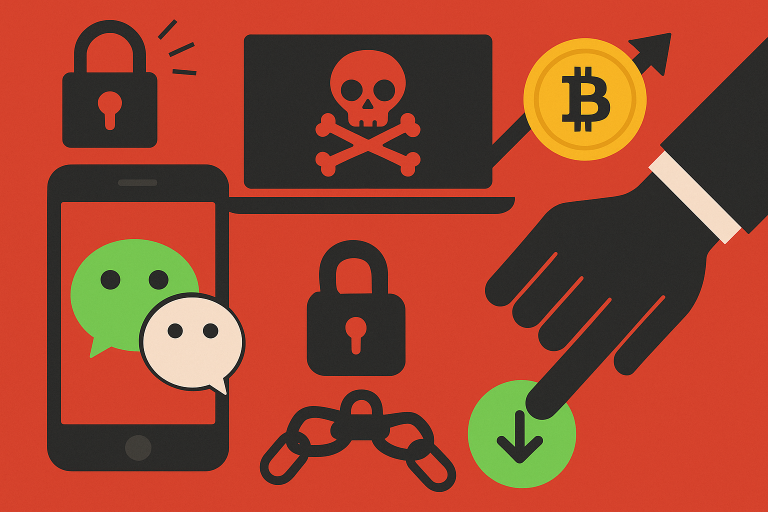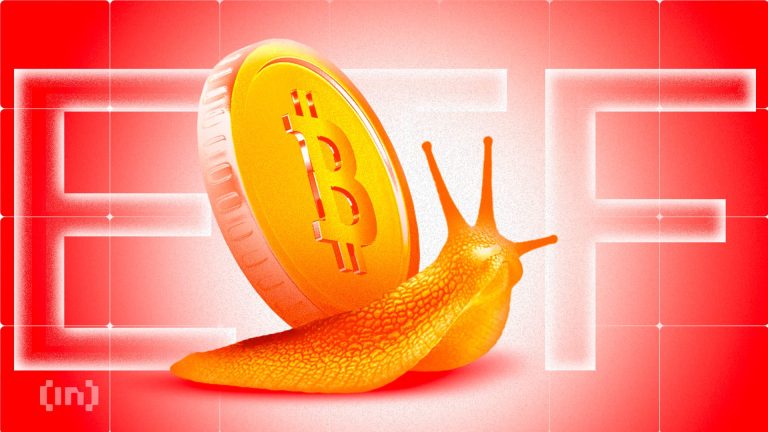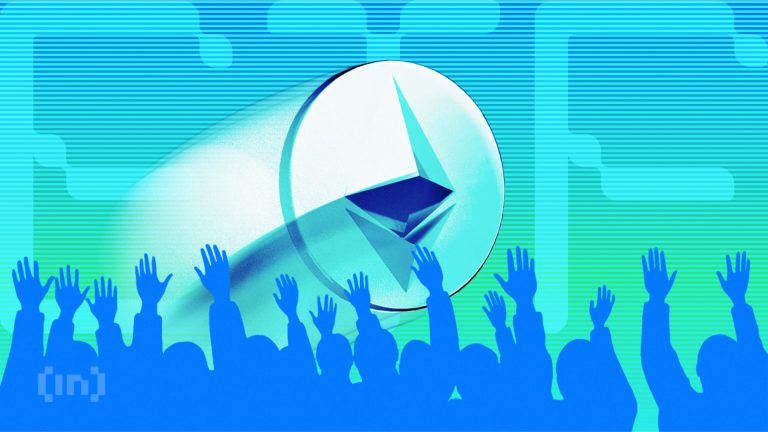
The Future of Education: What 2025 Holds
Introduction
Future of Education: The education landscape is changing rapidly. The traditional classroom model is being replaced by online learning platforms, and the use of artificial intelligence and machine learning is becoming more prevalent. In this article, we will explore the future of education in 2025 and beyond.
Section 1: The Rise of E-Learning
E-learning is becoming increasingly popular, and it is expected to continue growing in the coming years. The rise of e-learning is driven by the need for flexibility and accessibility in education. With the help of technology, students can now access high-quality educational content from anywhere in the world.
The benefits of e-learning are numerous. It provides students with the flexibility to learn at their own pace, and it allows them to access educational content from anywhere in the world. E-learning also provides teachers with the opportunity to reach a wider audience and to create personalized learning experiences for their students.
Subsection 1.1: Online Learning Platforms
Online learning platforms are becoming increasingly popular. These platforms provide students with access to a wide range of educational content, including video lessons, interactive quizzes, and virtual labs. Some of the most popular online learning platforms include Coursera, Udemy, and edX.
Subsection 1.2: Artificial Intelligence in Education
Artificial intelligence is being used in education to create personalized learning experiences for students. AI-powered adaptive learning systems can adjust the difficulty level of educational content based on a student’s performance, and they can provide real-time feedback to teachers.
Section 2: The Future of the Classroom
The future of the classroom is undergoing a significant transformation. The traditional classroom model is being replaced by more interactive and immersive learning experiences. Virtual and augmented reality technologies are being used to create interactive and engaging learning experiences for students.
The future of the classroom also involves the use of data analytics and artificial intelligence to create personalized learning experiences for students. Teachers can use data analytics to track student performance and to identify areas where students need improvement.
Subsection 2.1: Virtual and Augmented Reality
Virtual and augmented reality technologies are being used to create interactive and immersive learning experiences for students. These technologies can simulate real-world environments and can provide students with hands-on experience in a variety of subjects, including science, technology, engineering, and mathematics (STEM).
Subsection 2.2: Data Analytics in Education
Data analytics is being used in education to track student performance and to identify areas where students need improvement. Teachers can use data analytics to create personalized learning experiences for their students, and to monitor student progress over time.
Section 3: The Future of the Teacher
The future of the teacher is undergoing a significant transformation. The traditional role of the teacher is being replaced by more facilitative and supportive roles. Teachers are becoming more like coaches and mentors, providing guidance and support to students as they navigate the learning process.
The future of the teacher also involves the use of technology to create more efficient and effective learning experiences for students. Teachers can use technology to automate administrative tasks, and to focus more on teaching and learning.
Subsection 3.1: The Role of the Teacher in the Future
The role of the teacher in the future will be more facilitative and supportive. Teachers will provide guidance and support to students as they navigate the learning process, and will help students to develop the skills and knowledge they need to succeed in the 21st century.
Subsection 3.2: Technology and the Teacher
Technology is being used to create more efficient and effective learning experiences for students. Teachers can use technology to automate administrative tasks, and to focus more on teaching and learning. Technology can also be used to provide real-time feedback to students, and to track student progress over time.
Conclusion
In conclusion, the future of education is undergoing a significant transformation. The rise of e-learning, the future of the classroom, and the future of the teacher are all driving this transformation. As technology continues to evolve, it is likely that the education landscape will continue to change and adapt.
As we look to the future, it is clear that education will play a critical role in preparing students for success in the 21st century. By embracing new technologies and innovative approaches to teaching and learning, we can create a brighter future for all students.






